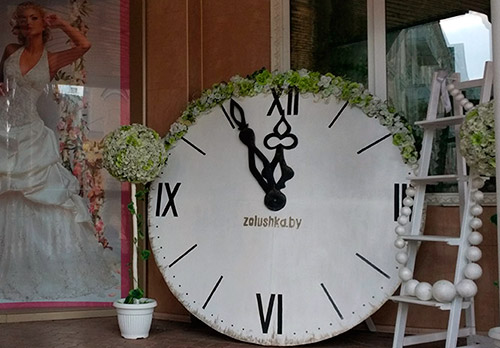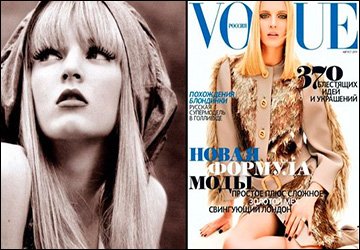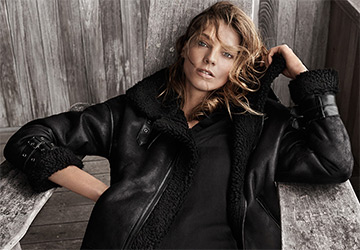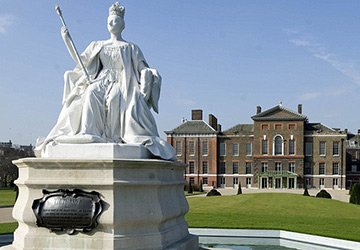BLOG
Knitwear from the city of Queen Bona
Let's combine Slow Fashion with travel. We will leave the noisy crowded capitals of world fashion for the quiet town of Queen Bona to breathe a breath of fresh air. But our journey will begin with the 2024 Olympics.
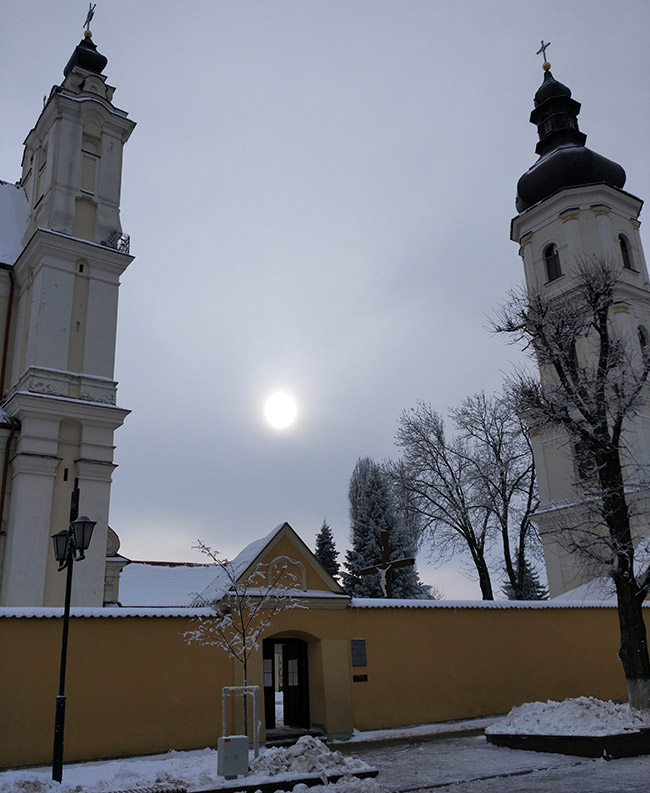
However, in order. Slow Fashion is a choice of locally produced clothing or support for a small business (buying handicraft clothing), a boycott of the consumer society, a choice of quality clothing made from natural, ecological materials. Slow Fashion is part of the slow movement, part of the culture of slowing down the pace of life.
And in overpopulated South Korea, the Olympic Games are being held these days. And the reason for our trip was the famous Belarusian biathlete Daria Domracheva, who went to the start of the Olympic Games in a gray hat from the manufacturer of jersey "Polesie".
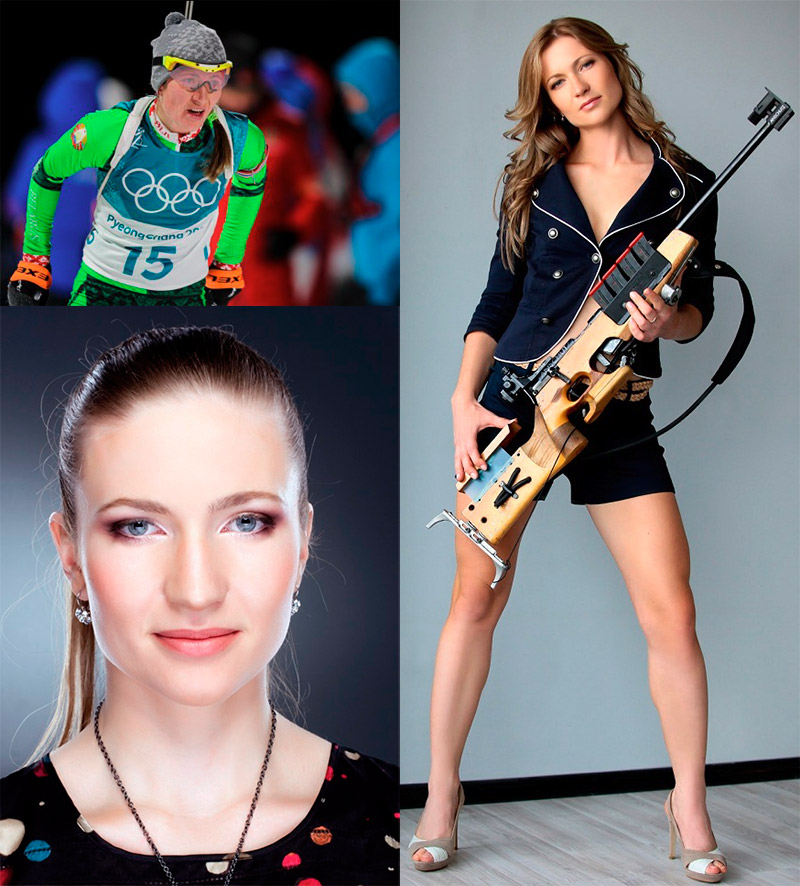
Daria Domracheva
On the cap there is an image of a snowflake stylized as a symbol of a talisman from the Belarusian ornament. Later, another Belarusian athlete, Vladimir Chepelin, will also be seen wearing a hat from OJSC Polesie.
But not only hats, but also scarves and gloves of the Belarusian Olympians - this is Pinsk jersey. Pinsk is the capital of the Belarusian Polesye. And they began to produce knitwear in Pinsk back in the 1960s.
So we suggest, if you are tired of the traditional routes of fashion travel to Paris or Milan, or you cannot afford these cities, go to the Belarusian city of Pinsk for Slow Fashion. After all, not only knitwear, but also the spirit of Italy is present in this city.
Poisoner of Milan, Queen Bona
In the 16th century, Pinsk, like the entire territory of modern Belarus, was part of the Grand Duchy of Lithuania. In those days, the Polish King Sigismund I ruled the Grand Duchy of Lithuania. It was he who, in 1521, presented the city of Pinsk to his wife, Queen Bone.
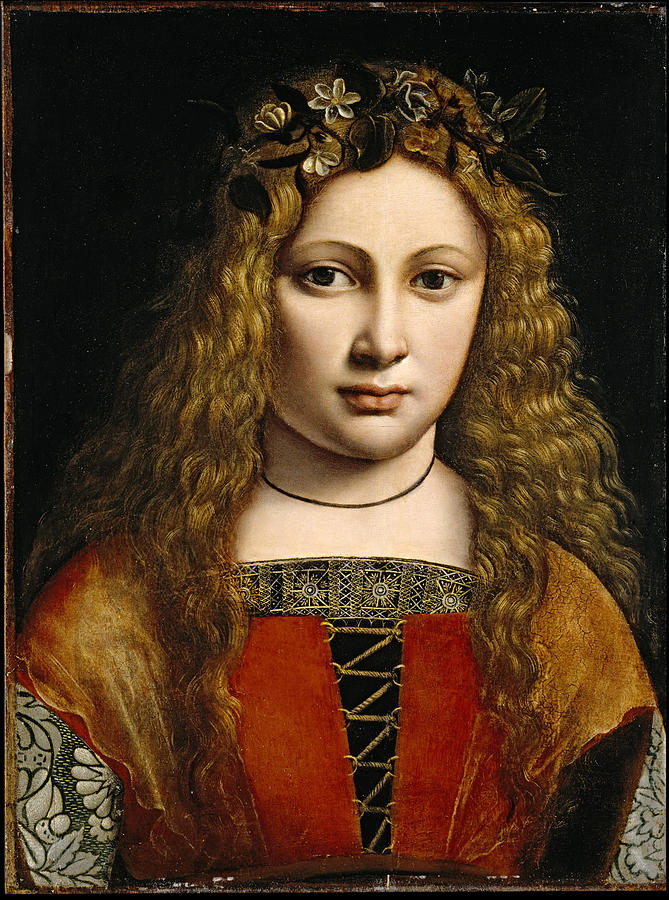
Portrait of Bona Sforza. Giovanni Boltraffio artist
Queen Bona Sforza was originally from Milan and belonged to the family of the famous Sforza dukes of Milan. But she became famous in Belarusian history as an intriguer and poisoner. Bona Sforza poisoned her son's beloved Barbara Radziwill. According to legend, the ghost of Barbara still walks around the walls of the Nesvizh castle. This castle is located in the town of Nesvizh near Minsk.
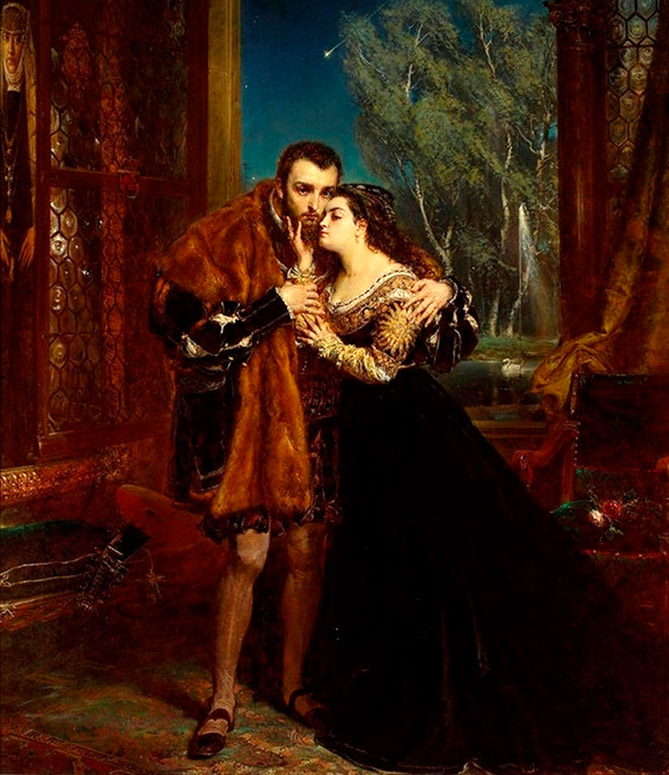
Sigismund August and Barbara Radziwill. Artist Matejko Jan Aloysius
As for Queen Bona herself, she was also poisoned. After the story with Barbara Radziwill, the relationship with her son was ruined. King Sigismund Augustus suspected that it was his mother who poisoned his beloved. Bona Sforza returned to her homeland, to Italy, where she was poisoned by her own doctor, who may have been an agent of the powerful Habsburg dynasty.
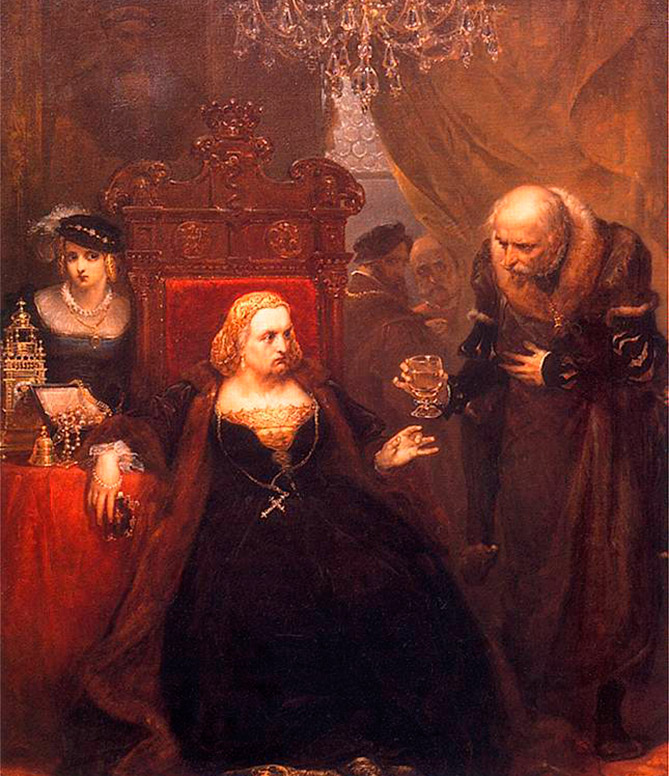
Poisoning of Queen Bona. Artist Matejko Jan Aloysius
However, in Pinsk today there is little reminiscent of the times of Queen Bona. Perhaps the Bona Sforza coffee shop. The coffee there, we want to assure you, is not poisoned.
There is no 16th century architecture left in the city. But there are buildings of the 17th and 18th centuries in Pinsk.
A tourist route
Today Pinsk is a small, cozy city, in the center of which, in the most paradoxical way, buildings of royal times are combined with Soviet street names and architecture. However, in the center of the city there are also modern interesting residential buildings.
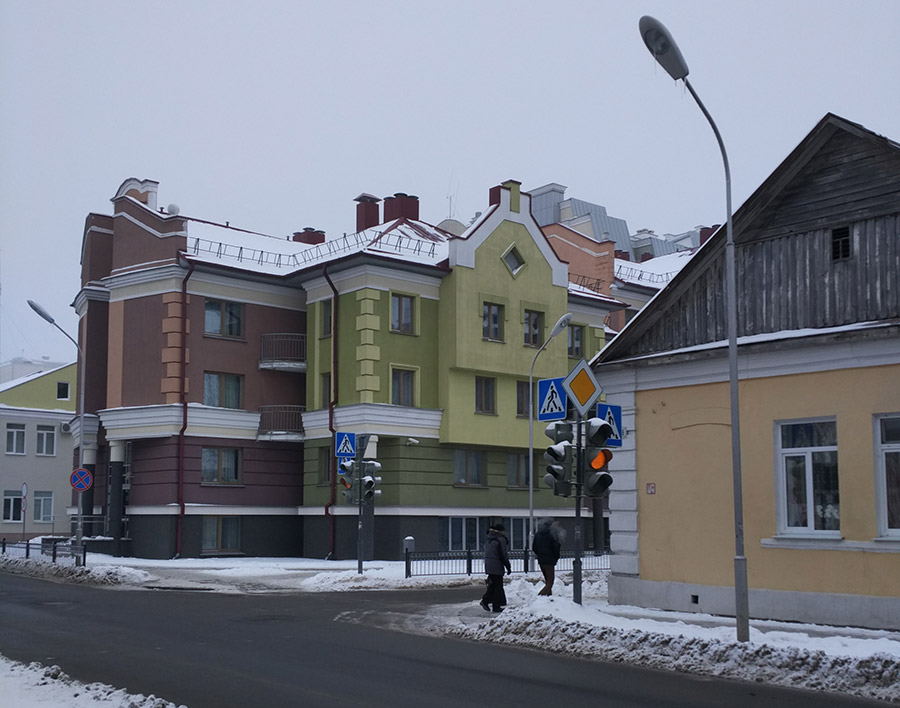
In general, if you have been to Vilnius, then to some extent you already have an idea of what Pinsk looks like. It is also cozy here and you can breathe fresh air, leisurely strolling and looking into small cafes. The only thing is that there will be less ancient architecture, there are also fewer cozy cafes, but there are practically no tourists either.
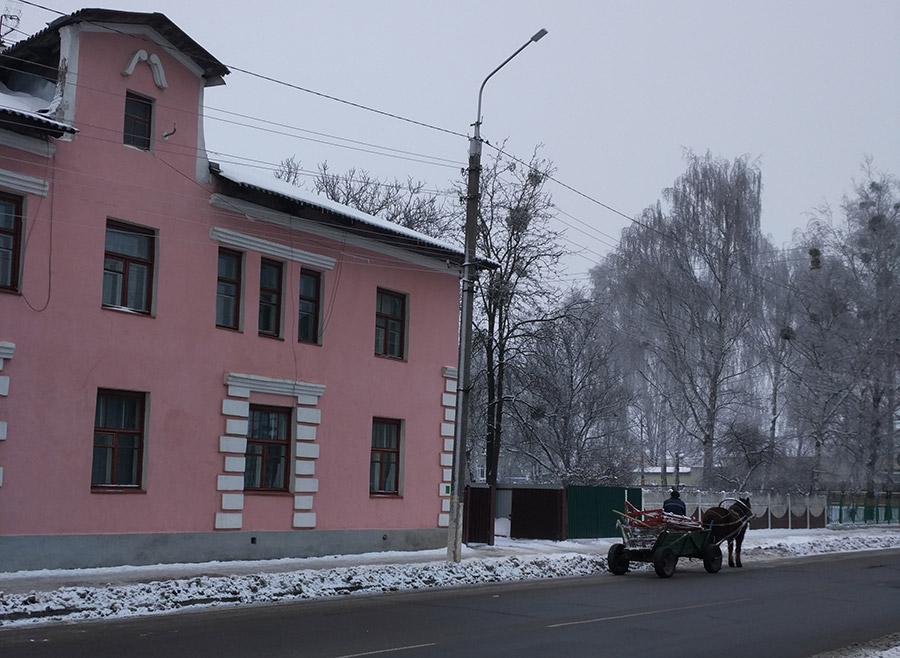
On the other hand, in Pinsk there is something that you will not find in Vilnius - a wide navigable river. It is very pleasant to walk along its green embankments in summer, and you can also take a ride on a motor ship.
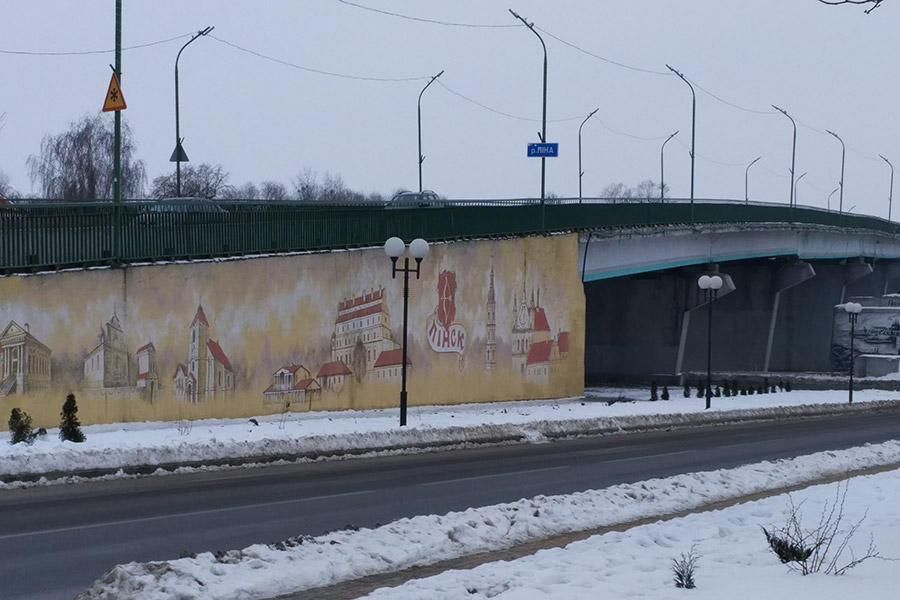
Bridge over the Pina river and graffiti
There are two interesting accommodation options in Pinsk. The first is the Volna hotel. The hotel is located at the Municipal Unitary Enterprise "Pinsk Medical and Diagnostic Center". Here you can visit the solarium, gym, go for a massage. Near the river embankment and park. The hotel building is small, only a few floors, and earlier it housed the barracks of the former river school.
The second option for accommodation in Pinsk is also very colorful - this is the Pripyat hotel. This option may suit lovers of the Soviet heritage. The interiors of the hotel, as well as its restaurant, fully correspond to the spirit of the times of the USSR. And don't be fooled by the lobby of this hotel. The hall is the only place that has been redesigned for modern interiors.
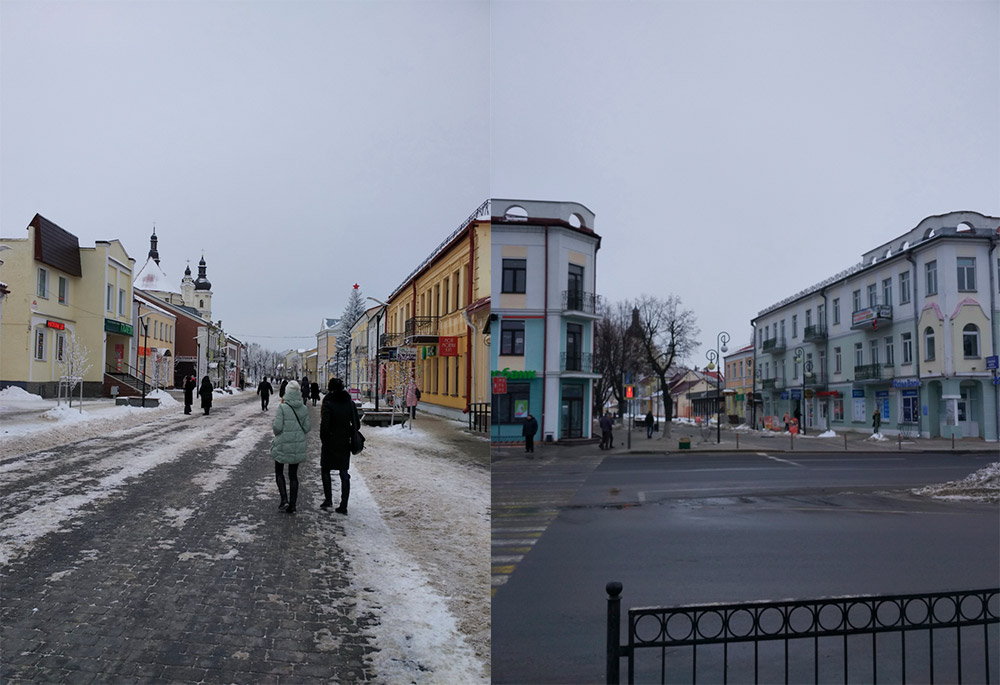
Lenin Street
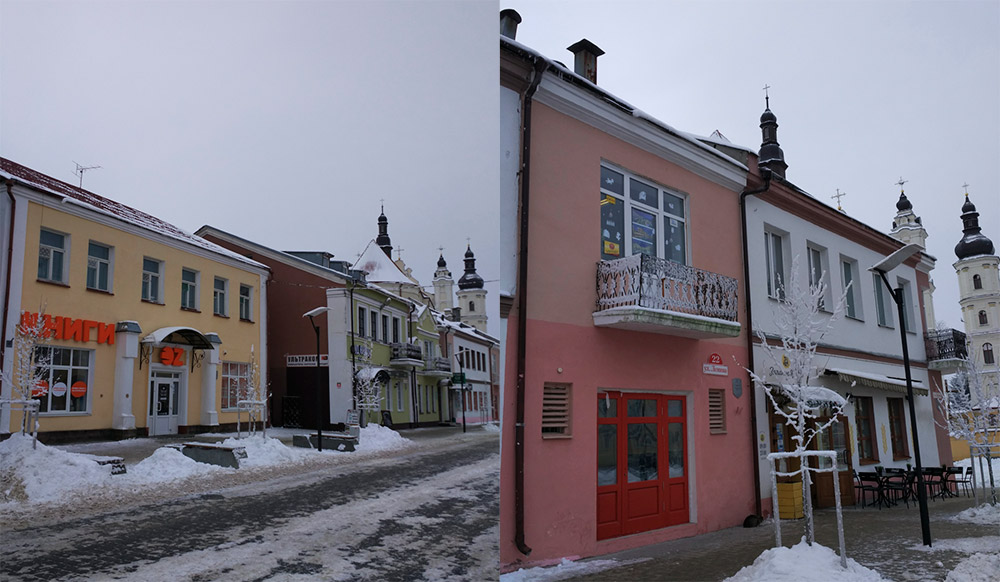
houses on Lenin street
But back to our tourist route. And he will walk along the pedestrian street of Pinsk - Lenin street.
Here you can see the Butrimovich Palace - an 18th century building that combines features of two styles - baroque and classicism. The first inhabitant of the palace was the city judge Mateusz Butrimovich. And in the 19th century, Napoleon Orda, an artist, composer, teacher, lived in this building.
A little further down Lenin Street there is an eclectic house where Napoleon Orda's daughter-in-law lived for some time.
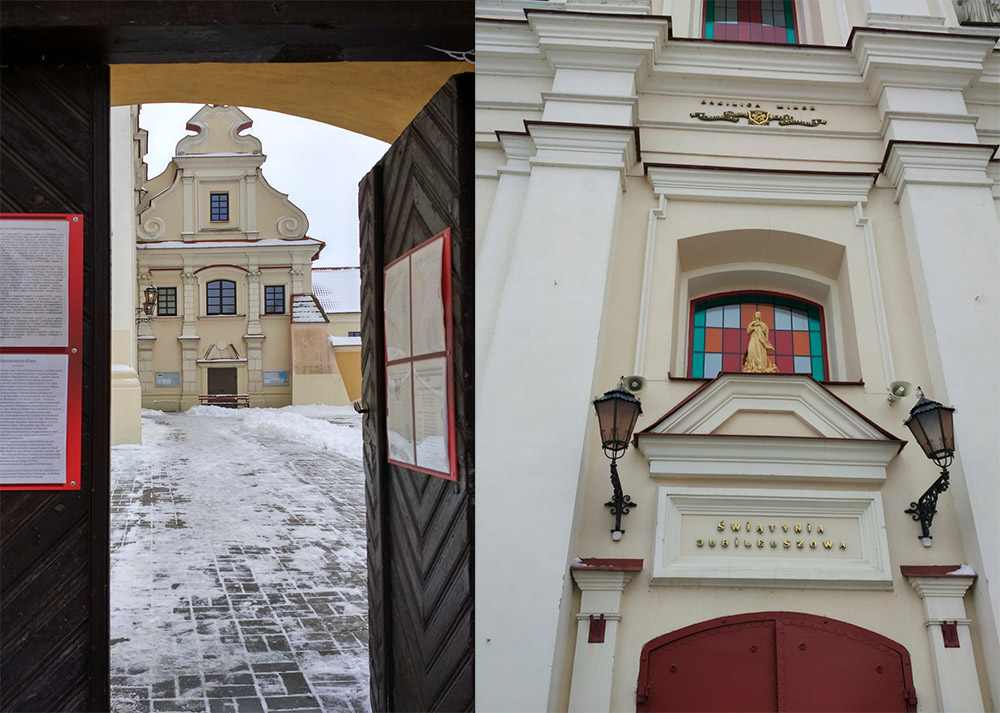
Church of the Assumption of the Blessed Virgin Mary
We walk a little more along Lenin Street and see the symbol of the city - the Cathedral of the Assumption of the Holy Virgin Mary and the Franciscan monastery. This ensemble was built in the 18th century. The oldest organ in Belarus can be heard in the church. It is also the second largest organ in Europe.
If you go down from the church to the embankment, you will see another monument of antiquity - the Gregorovich mansion. The house with a miniature turret was built in 1923 and its owner was a pastry chef and owner of the best restaurant in Pinsk in those years, T. Gregorovich.
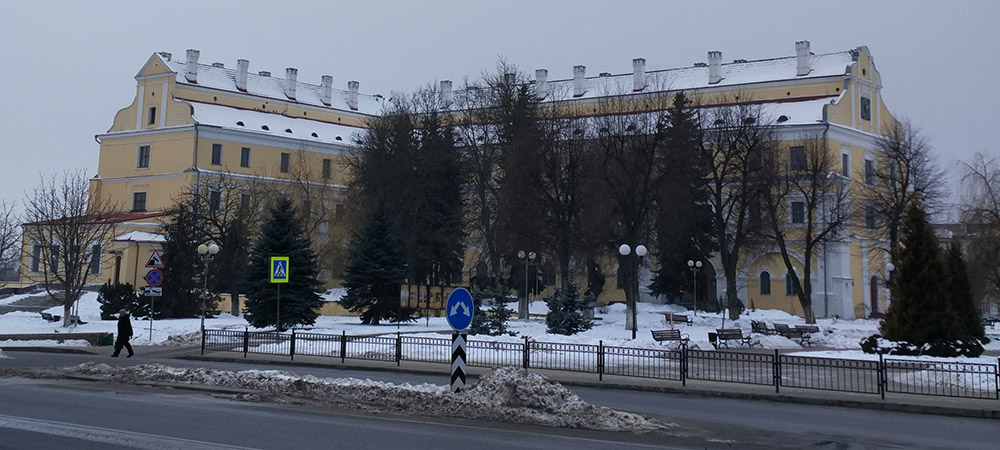
Jesuit Collegium
Well, if you continue your way along Lenin Street, then the final point of your route will be the building of the Jesuit Collegium, built in the 17th century, just like the Franciscan complex, in the Baroque style. The Jesuit Collegium is a kind of school. Within the walls of the Pinsk Jesuit Collegium, Adam Narushevich, a poet and historian, a Roman Catholic bishop, a professor at the University of Vilnius, as well as a philosopher and rector of the University of Warsaw, Karol Vyrvich, studied.
Once upon a time there was a sea on the site of the city
Today, the building of the Jesuit Collegium houses a museum of the history of Polesie, as well as a painting by Ivan Aivazovsky "The Sea", which was brought to Pinsk by some unknown fate. However, the name of the picture is symbolic. After all, it is believed that in ancient times the entire territory of Polesie was covered by the sea. Now, in memory of the bygone depths of the sea, only the Polissya swamps - the lungs of Europe - have been preserved.
And at the end of our walk we buy knitwear
And, of course, knitwear. There is also a Pinsk knitwear shop on Lenin Street. Here you can find women's, men's and children's knitwear.
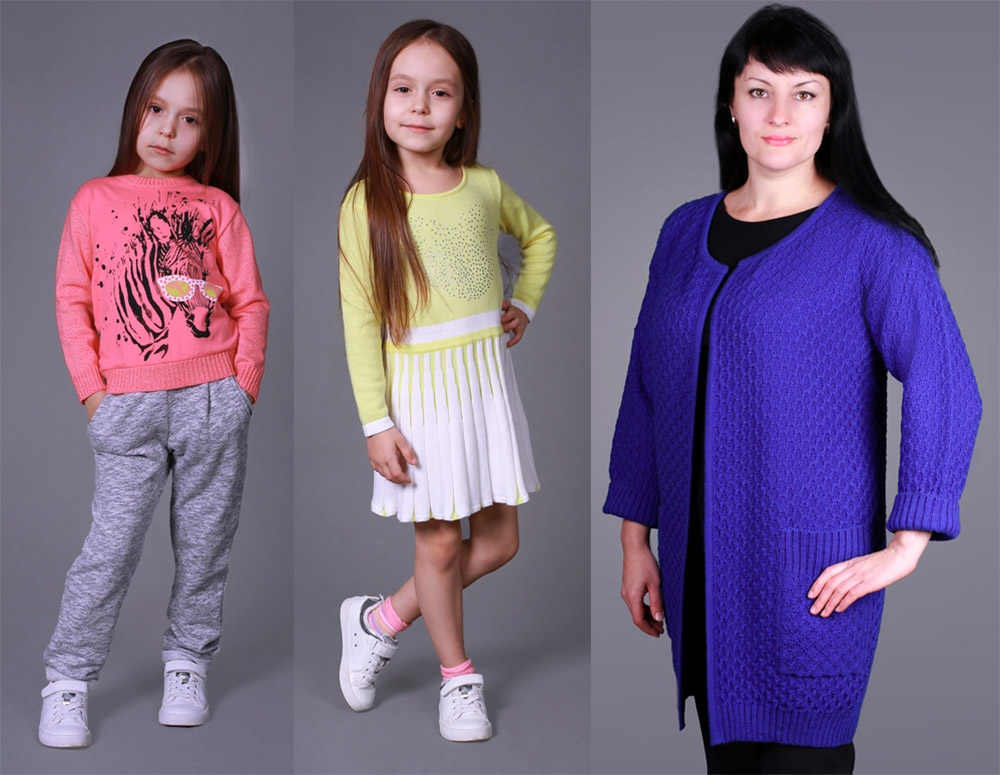
You should not expect any fashionable delights. But things are of high quality, natural and basic. Sweaters, jumpers and vests for men and women, tracksuits, as well as jackets and knitted dresses for women, trousers, shorts, sweaters, dresses and skirts for children. And, of course, hats, scarves and gloves. Plus, there are sizes for the owners of curvaceous figures.
And after shopping, you can drop by the Food Union cafe, all on the same Lenin street. Here you can not only drink good coffee, but also eat just excellent pizza. And pizza is another reason to go to Pinsk. Perhaps the pizza recipe in Pinsk has also survived from the time of Queen Bona.
Comments and Reviews
Add a comment
Rating news
Shades of clothing that make women look younger
What shades of hair make women younger: rules and photos
Funny wedding dresses - photos and ideas
12 most expensive down jackets for the winter
How to look 25 at 40: tips from supermodels
Beautiful schoolgirls
Anti-aging haircuts and hairstyles for women
Fashionable skirts for autumn and winter
Fashionable women's trousers for the cold season
Fashionable and stylish sandals for summer 2024
Spring-summer 2024
 Fashionable dresses and tops with thin spaghetti straps
Fashionable dresses and tops with thin spaghetti straps
 Bandana tops: how to wear stylishly and beautifully
Bandana tops: how to wear stylishly and beautifully
 How to put together the perfect men's wardrobe for the summer
How to put together the perfect men's wardrobe for the summer
 Fashionable shorts for spring-summer 2024
Fashionable shorts for spring-summer 2024
 Fashionable skirts for spring-summer 2024: a guide to online shopping
Fashionable skirts for spring-summer 2024: a guide to online shopping
 The most fashionable dresses spring-summer 2024: styles and colors
The most fashionable dresses spring-summer 2024: styles and colors
 Fashionable total look 2024: ideas of images and trends
Fashionable total look 2024: ideas of images and trends
